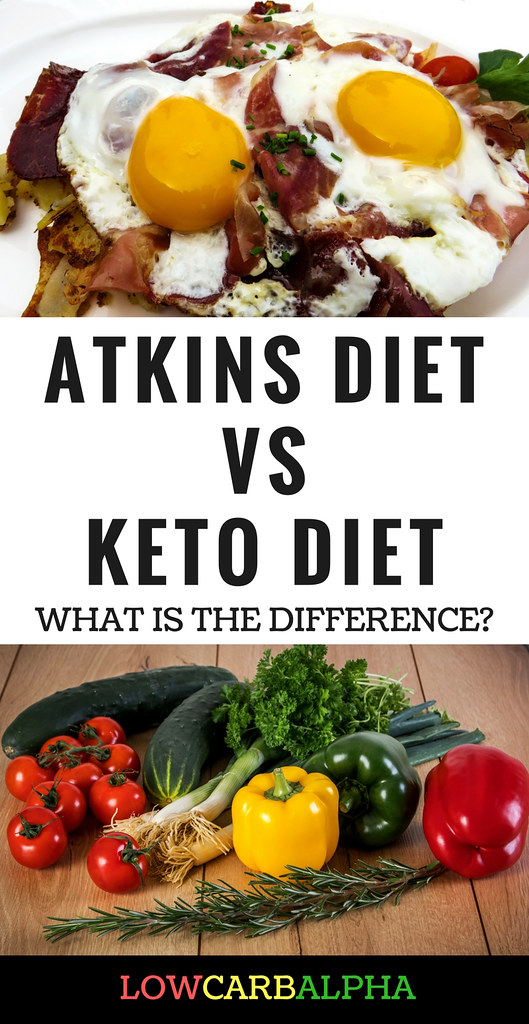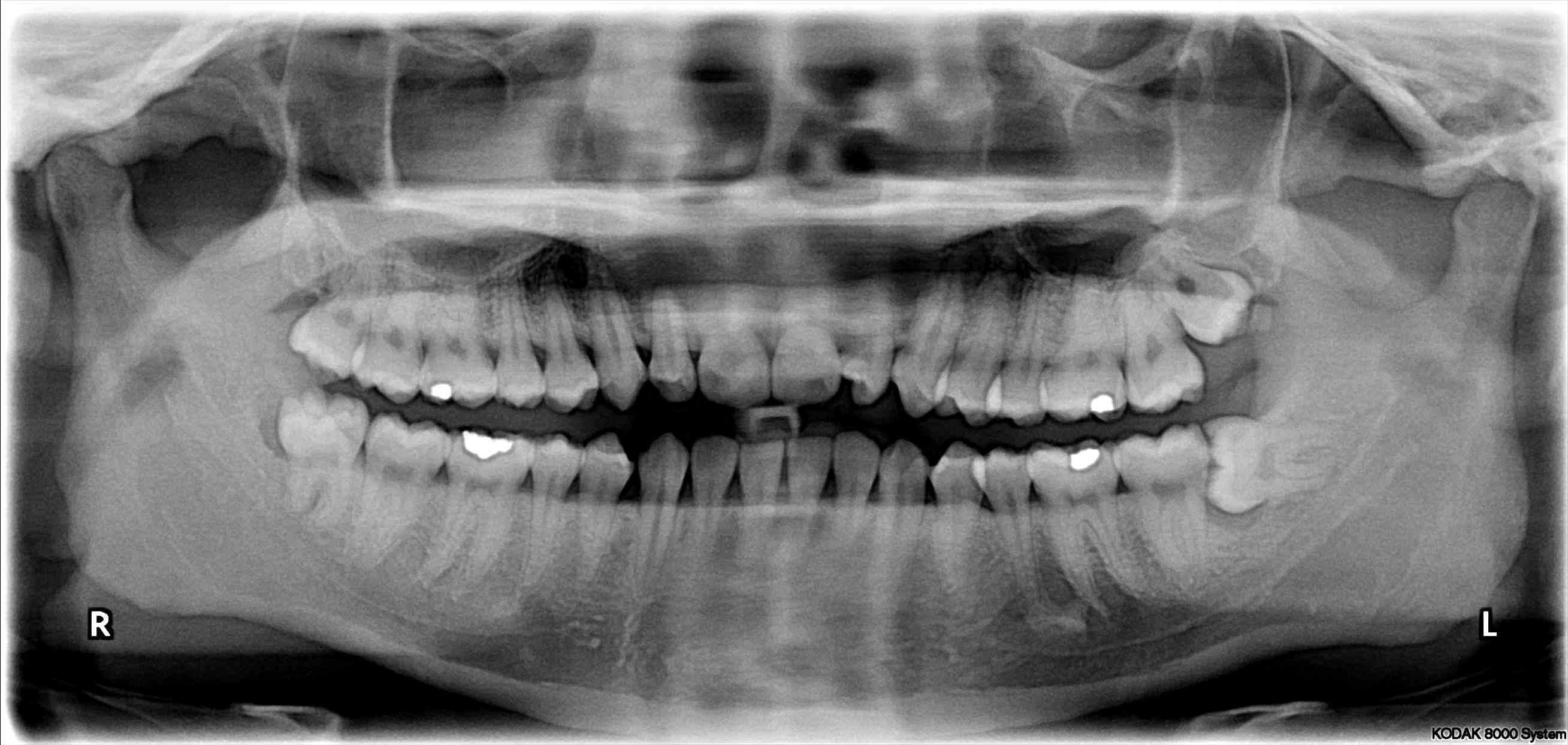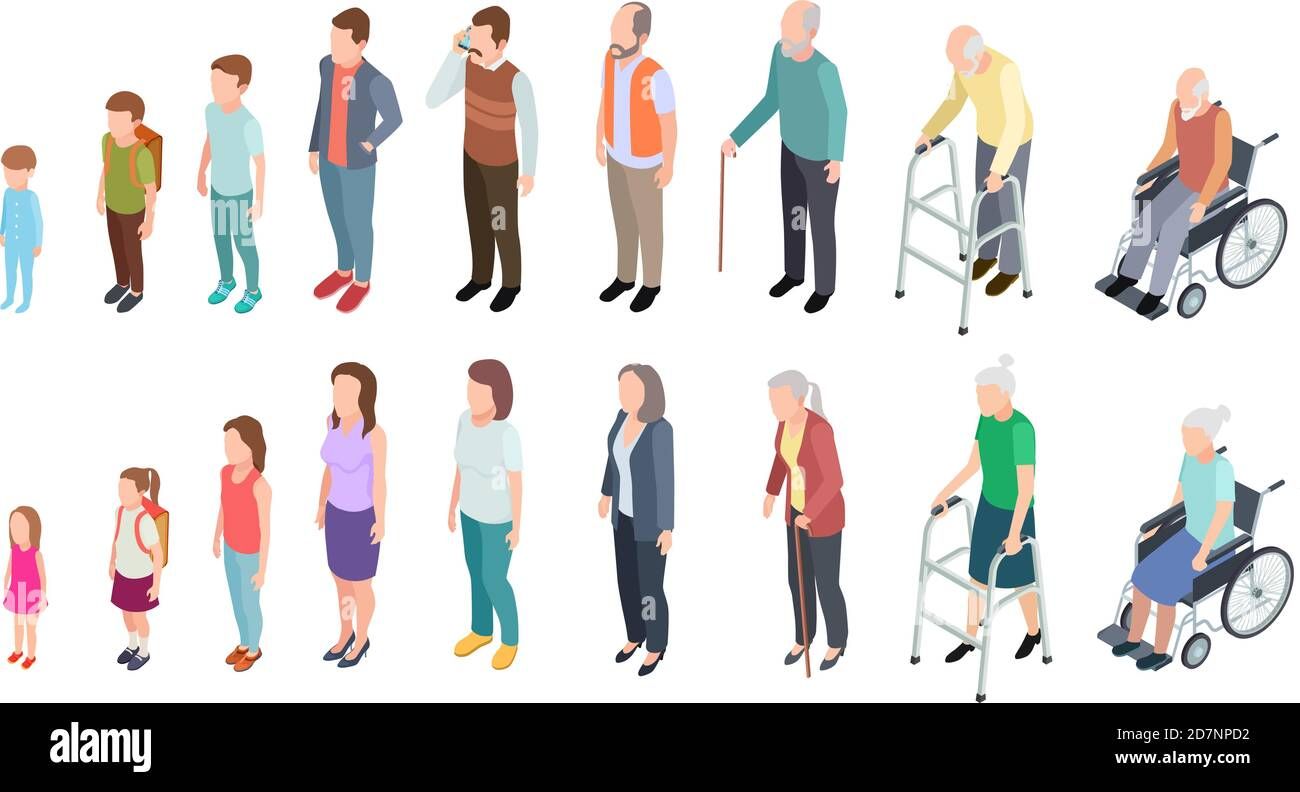
In the fascinating tapestry of human life, one of the most enduring and often perplexing threads is the aging process. It has long been a widely accepted, almost axiomatic truth that as the years advance, our brains, too, begin to recede, affecting our precious ability to remember. This notion, deeply ingrained in our understanding of the human condition, suggests that cognitive decline is an inevitable part of growing older. Yet, within this landscape of assumed decline, a truly extraordinary phenomenon has emerged, challenging our very preconceptions: the ‘SuperAger.’
These remarkable individuals, a lucky few who defy the conventional narrative of aging, possess brains that seem to fight back against the relentless march of time. For SuperAgers, their memories remain as vibrant and sharp as they were thirty or even more years in the past. This isn’t merely a minor deviation from the norm; it’s a profound redefinition of what successful cognitive aging can look like, opening up entirely new avenues for scientific inquiry and a thrilling glimpse into the potential resilience of the human brain.
At the heart of understanding this incredible phenomenon is the pioneering work conducted at Northwestern University’s Mesulam Institute for Cognitive Neurology and Alzheimer’s Disease in Chicago. For a quarter-century, dedicated scientists there have been meticulously studying a cohort of individuals aged 80 and older, meticulously mapping out the distinguishing characteristics that make them SuperAgers. Their findings are not just intriguing; they are nothing short of earth-shattering for the field of neuroscience and our collective understanding of aging.
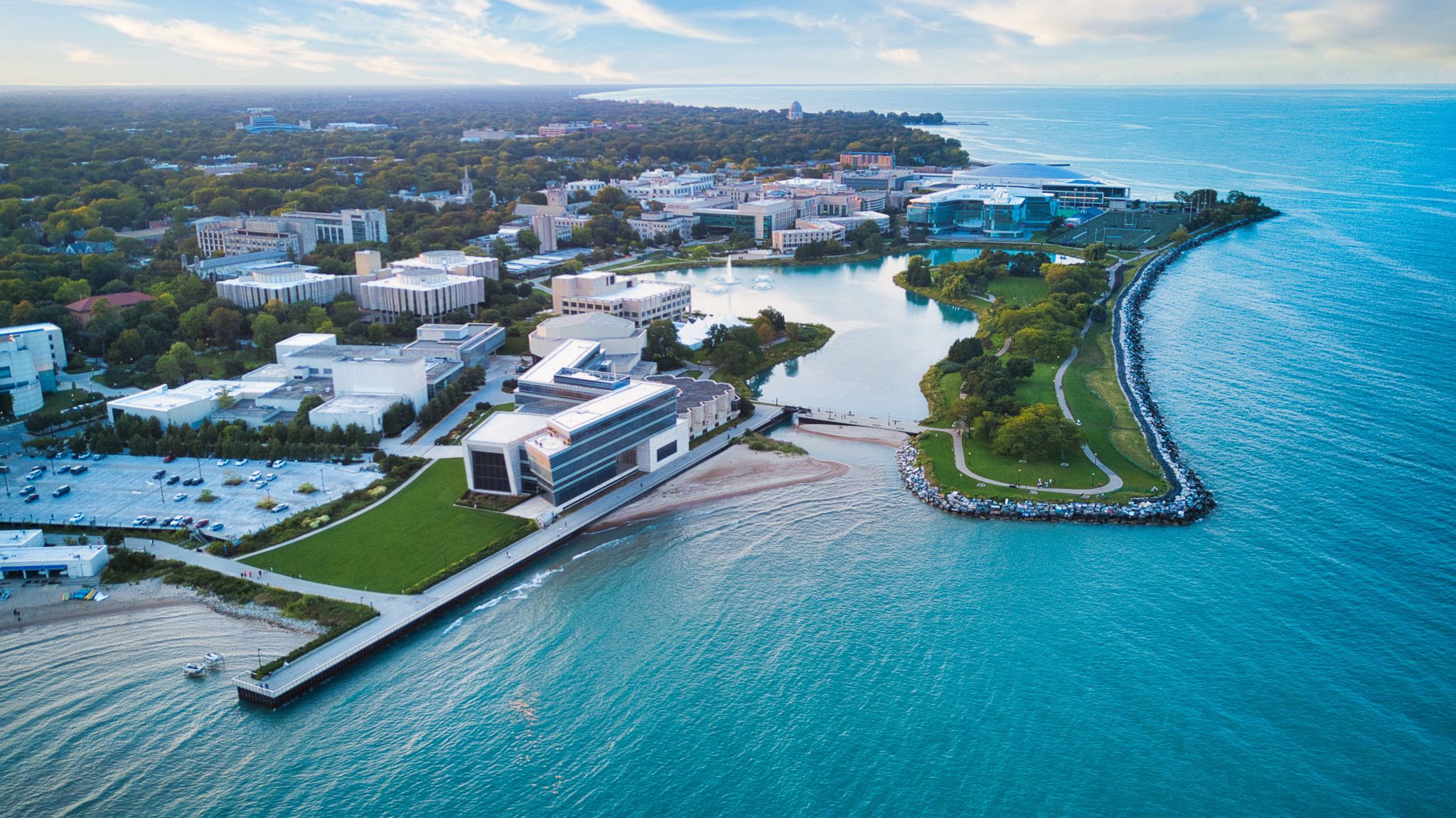
So, what exactly defines a SuperAger within the rigorous parameters of Northwestern’s program? To qualify for this elite group, an individual must be over 80 years old and undergo extensive cognitive testing. The bar for acceptance is set remarkably high: their episodic memory – that is, their ability to recall everyday events and past personal history – must be as good as, or even superior to, that of cognitively normal people in their 50s and 60s. This stringent criterion ensures that only those with truly exceptional memory function are included in the study.
Consider Carol Siegler, an exemplary SuperAger from Palatine, a Chicago suburb. At 82, she triumphantly won the American Crossword Puzzle Tournament for her age group, an endeavor she lightheartedly described as entering “as a gag.” Her sharp wit and memory are not isolated incidents; even at 85, when she spoke about her experiences, she recounted having successfully auditioned twice for ‘Jeopardy!’ and performing well enough to be invited to live auditions, a testament to her formidable recall and cognitive agility. Even now, approaching her 90th birthday, Carol Siegler is reported to be “still going strong,” a living embodiment of the SuperAger ideal.
Another inspiring SuperAger is Sel Yackley, an 85-year-old from Chicago with a zest for life that belies her age. Her daily routine is a whirlwind of mental and physical engagement: she creates jewelry, sings in a choir, knits for the homeless, participates in a book club, and visits the gym multiple times a week. Beyond these structured activities, she is also actively involved in several civic organizations, demonstrating a broad and sustained commitment to engagement. Despite her packed schedule, she manages to maintain an impressive average of 7½ hours of sleep per night, according to her Fitbit. Yackley’s active and purposeful life underscores the vibrant cognition observed in SuperAgers, challenging the notion that advanced age must come with memory impairment.
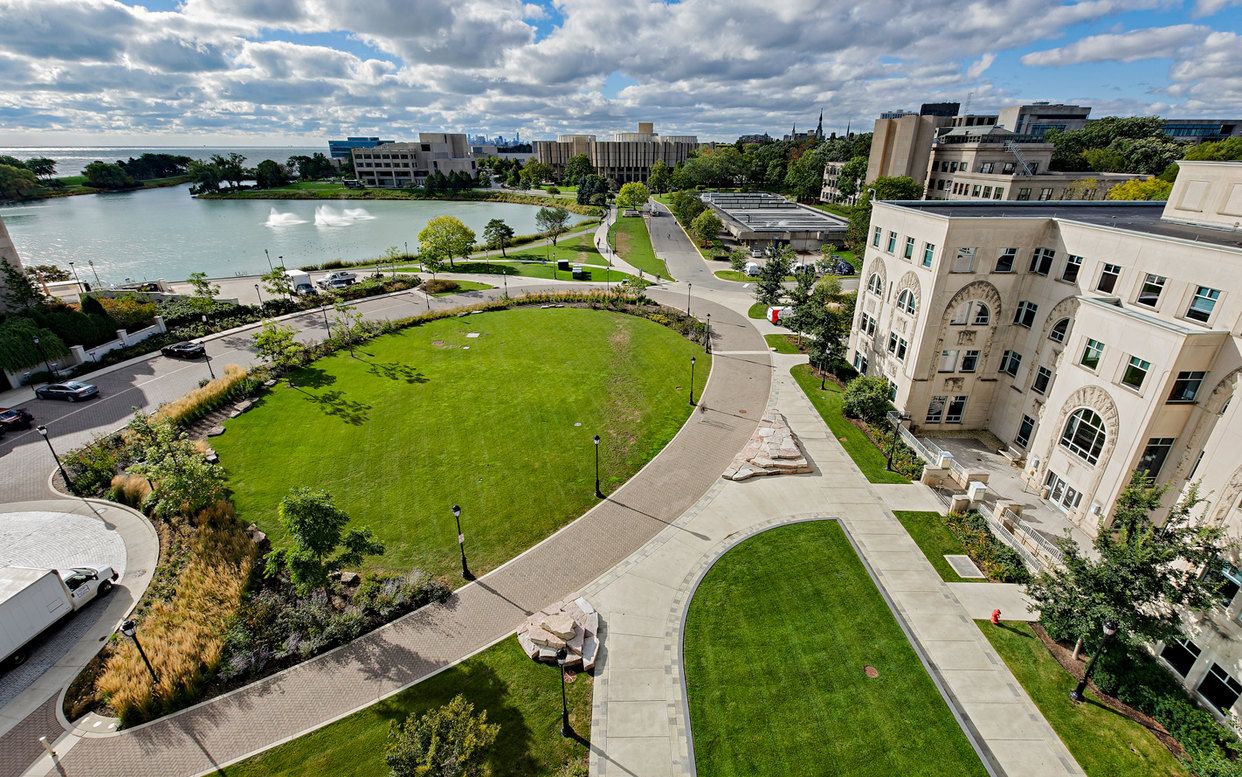
Over the past 25 years, the Northwestern SuperAging Program has meticulously screened close to 2,000 individuals who believed they might be SuperAgers. Tellingly, less than 10% of these hopeful applicants actually met the rigorous cognitive criteria. This statistic alone highlights the rarity and the exceptional nature of SuperAgers, underscoring that their cognitive vitality is far from a universal outcome of aging. The program has studied approximately 300 SuperAgers in total, with a significant number generously donating their brain tissue for vital research after their passing.
Beyond their astonishing cognitive profiles, initial observations have revealed some fascinating common behavioral threads among SuperAgers. One of the most frequently cited traits is their profound sociability. These individuals tend to be highly social people, deeply valuing connections and often maintaining active roles within their communities. This observation resonates strongly with existing knowledge, as isolation is a known risk factor for developing dementia, suggesting that social engagement may indeed serve as a protective factor for cognitive health.
Another powerful characteristic that emerges across the SuperAger cohort is a profound sense of autonomy, freedom, and independence. They are individuals who are actively making decisions and living their lives on their own terms, embodying a robust internal locus of control. As Dr. Tamar Gefen, an associate professor of psychiatry and behavioral sciences at the Mesulam Institute, compellingly puts it, successful aging transcends mere sociability. She emphasizes that if a person feels “trapped, tethered or burdened, especially in a vulnerable state like poor health or older age,” it can profoundly encroach upon their entire psychosocial well-being, suggesting that a sense of self-determination is crucial.
However, it’s essential to avoid oversimplifying the SuperAger lifestyle into a prescriptive list of “healthy habits.” The truth is far more nuanced and, in some ways, quite surprising. SuperAgers, as a group, “run the gamut” when it comes to healthy behaviors. Among them are individuals who live with heart disease, diabetes, or who are not consistently physically active. Some even admit to dietary habits no better than their typically aging peers. One particularly memorable SuperAger, for instance, humorously admits to drinking four beers every single night, joking, “Maybe it’s done me wrong, but I’ll never know.” This fascinating diversity challenges the idea of a singular, perfect lifestyle formula for super-aging, suggesting that underlying biological mechanisms may play a more significant role.

The most intriguing and truly “earth-shattering” discoveries about SuperAgers have emerged from the meticulous examination of their donated brain tissue. For scientists like Dr. Gefen, who has spent decades immersed in this research, these post-mortem studies have provided unprecedented insights into the very architecture and functionality of brains that defy aging. Comparing SuperAger brains to those of their cognitively typical peers, and even younger individuals, has unveiled a suite of unique neurobiological profiles.
One of the first critical findings pertains to the cingulate cortex, a region of the brain intimately involved in attention, motivation, and cognitive engagement. Studies have consistently shown that this area is notably thicker in SuperAgers, even when compared to the brains of people in their 50s and 60s. This structural advantage likely contributes to the focused and engaged demeanor often observed in SuperAgers, allowing them to pay close attention, actively listen, and effectively engrave information onto their cortex, much like carving with a chisel.
Delving deeper into the brain’s memory center, the hippocampus, researchers found another profound difference. SuperAgers possess three times fewer tau tangles compared to their “normal” peers. Tau tangles are abnormal formations of tau proteins, widely recognized as one of the key pathological hallmarks of Alzheimer’s disease. In Alzheimer’s, tau proteins are also known to specifically target and disrupt the neurons of the primary cholinergic system, which is fundamental for sustaining attention in daily life. Remarkably, this destructive process does not occur in the brains of SuperAgers, suggesting that their cholinergic system remains robust, and likely more plastic and flexible, for reasons still being unraveled.
The entorhinal cortex, an area absolutely essential for memory and learning with direct connections to the hippocampus, also holds a significant clue to SuperAger resilience. This region is particularly vulnerable and is often one of the very first areas of the brain to be impacted by Alzheimer’s disease. However, in SuperAger brains, scientists have discovered larger, healthier cells within the entorhinal cortex. A painstaking examination of every cell layer within this region revealed that in layer two – the layer most crucial for information transmission – SuperAgers had what were described as “humongous, plump, intact, beautiful, gigantic entorhinal cortex neurons.”
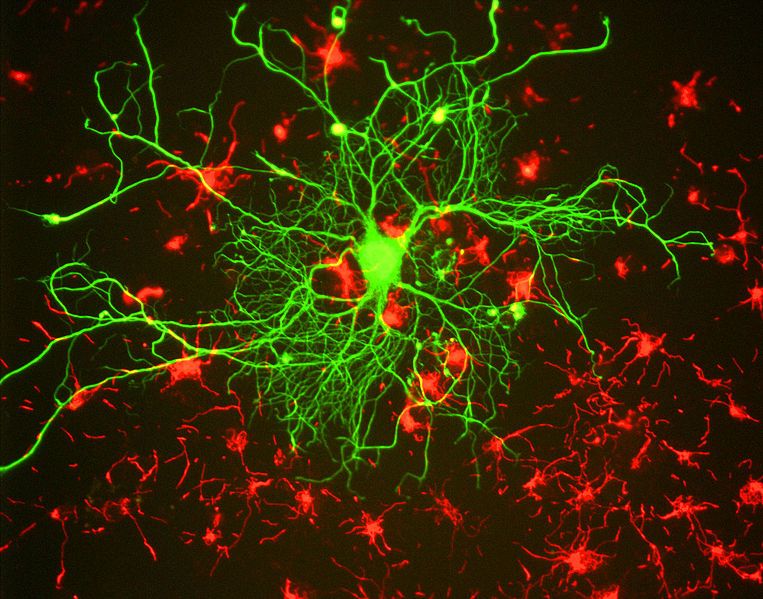
This finding was truly incredible because these entorhinal neurons in SuperAgers were even larger than those found in individuals who were much younger, some even in their 30s. This striking observation points to a fundamental structural integrity at play, suggesting that the very “architecture, the bones, the skeleton of the neuron itself is sturdier” in SuperAgers. The ongoing research is now expanding to understand the biochemical signatures of these exceptional neurons, seeking to determine what makes them so special and whether similar protective traits are present in other neuron types throughout the SuperAger brain. This also raises crucial questions about whether these specific neurons are particularly vulnerable in individuals afflicted with Alzheimer’s disease, and if so, how and why.
The immune system within the SuperAger brain also appears to operate with remarkable efficiency and adaptability. Researchers are actively investigating the inflammatory system, aiming to comprehend how the immune cells respond to disease and adapt to stress. Inflammation, particularly when it crosses a certain threshold, is a major contributor to cell loss in Alzheimer’s and nearly all other neurodegenerative diseases. What the studies have revealed is that, compared with the brains of same-age peers, SuperAgers have significantly fewer activated microglia in their white matter. Microglia are the brain‘s resident immune cells, and white matter is the crucial “super highway” that transports information across different brain regions.
Typically, microglia become activated in response to antigens or destructive elements within the brain, acting as the brain’s first line of defense. However, in many neurodegenerative conditions, these immune cells can become hyperactive, leading to unchecked inflammation and potential neuronal damage. The lower levels of activated microglia in SuperAger brains, which are on par with levels seen in people in their 30s, 40s, and 50s, offer two compelling possibilities. It could signify that there is inherently “less junk or disease” present in a SuperAger brain, meaning the microglia simply have less need to be active. Alternatively, it might indicate that their microglia are remarkably efficient at responding to and clearing out disease or toxins, and critically, are more plastic and adaptable, allowing them to activate, perform their necessary function, and then swiftly calm down, preventing damaging chronic inflammation. This suggests that at a cellular level, the immune system of a SuperAger brain might indeed be stronger or more adaptive, mirroring the robust cellular integrity observed in the entorhinal cortex.
Further adding to the unique cellular profile of SuperAgers is the discovery of more von Economo neurons. These specialized, spindly neurons, concentrated in the attention region deep within the brain, are thought to play a vital role in social processing and awareness. Autopsies on SuperAger brains have astonishingly revealed that they possess four to five times the number of such neurons compared to the average person in their 80s. While not a guaranteed shield against Alzheimer’s, having a robust social network, supported by these specialized neurons, is considered a significant lifestyle factor that contributes to living longer and better.
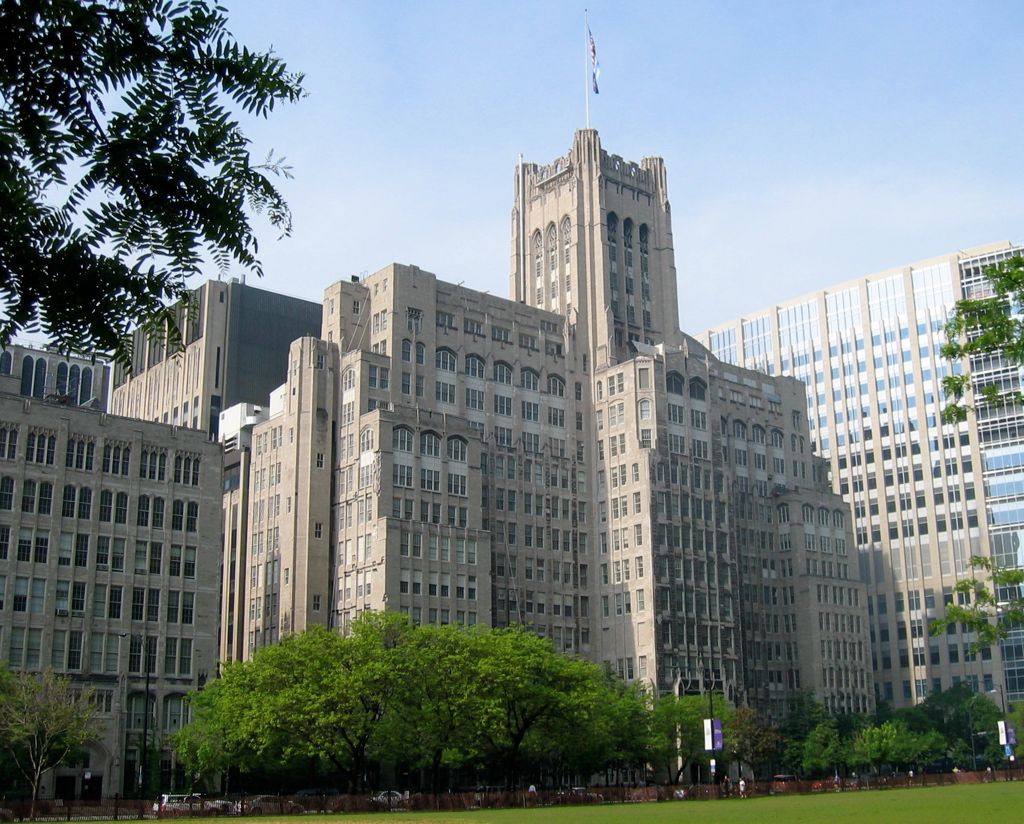
Dr. Sandra Weintraub, a professor of psychiatry and behavioral sciences and neurology at Northwestern University Feinberg School of Medicine, encapsulates these findings by explaining that there are primarily two mechanisms that contribute to an individual becoming a SuperAger. The first is ‘resistance,’ meaning their brains simply “don’t make the plaques and tangles” that are characteristic of Alzheimer’s disease. The second mechanism is ‘resilience,’ where the brain does accumulate these amyloid plaques and tau tangles, but crucially, “they don’t do anything to their brains.” This remarkable resilience allows their brains to function optimally despite the presence of pathology, a profound insight that offers new directions for therapeutic interventions aimed at protecting cognitive function.
The findings gleaned from these two and a half decades of research at Northwestern Medicine are not just academically fascinating; they represent a seismic shift in our understanding of brain aging. The existence of SuperAgers, and the detailed neurobiological insights derived from their study, fundamentally challenge the long-held belief that cognitive decline is an inevitable part of growing old. Instead, it posits that exceptional memory in advanced age is not only possible but is underpinned by a distinct and identifiable neurobiological profile, paving the way for revolutionary new interventions designed to preserve brain health far into the later decades of life. This compelling evidence fuels optimism, demonstrating that the human brain possesses a capacity for longevity and resilience far greater than previously imagined, offering hope for a future where vibrant cognition remains a hallmark of advanced age for many more individuals.
While the insights gleaned from SuperAger brains have revolutionized our understanding of neurological longevity, a critical question remains: what does this mean for the rest of us? The extraordinary cognitive health observed in these remarkable individuals sparks hope, prompting us to explore how their unique attributes, whether genetic or behavioral, might translate into actionable strategies for broader brain health. The path to widespread cognitive longevity undoubtedly involves a multifaceted approach, blending an understanding of our genetic blueprints with the cultivation of modifiable lifestyle choices, all underpinned by relentless scientific inquiry. This journey is not about transforming everyone into a SuperAger, but rather about harnessing the principles revealed by their unique biology to promote robust cognitive function for as many as possible.
One of the most profound and intricate layers of this puzzle lies within our genetic makeup. The notion that some are simply ‘born with the right genes to protect your brain’ might seem like the luck of the draw, yet the reality is far more nuanced. As Dr. Tamar Gefen explains, genetics is ‘tricky.’ It’s not merely about the presence or absence of a particular gene, but rather how an individual’s internal and external environment works together to influence how a gene is “turned on,” or expressed — some may be more highly expressed, some will have lower expression.’ This intricate dance of genetic expression is known as epigenetics, a field that holds immense promise for unlocking secrets of brain health. For instance, while certain major risk genes for Alzheimer’s disease exist, such as two copies of the APOE4 gene increasing the risk of developing Alzheimer’s by age 85 by 60% in people of European descent, SuperAgers are noted to ‘not have those genes.’ The active research is now meticulously studying a list of candidate genes that play roles in longevity, senescence, cell repair, and cognitive reserve, seeking to understand if SuperAgers ‘harbor genes that can actually protect them against getting Alzheimer’s disease,’ or if there is a gene related to the immune system that is ‘over-expressed in SuperAgers that can be manipulated to then help individuals protect themselves.’ This quest extends to the cellular level, examining genetics that enable each neuron or immune cell to optimally perform its job within the brain, holding significant promise for future interventions.

Beyond the enigmatic world of genetics, the lifestyle habits observed in SuperAgers, while diverse, offer tangible pathways for promoting brain health. While it is crucial to remember that SuperAgers ‘run the gamut’ in terms of healthy behaviors—some living with heart disease, diabetes, or even enjoying four beers every night—certain common threads suggest modifiable factors that contribute to their cognitive vitality. These habits, though not a universal formula, provide a framework for general brain wellness.
One cornerstone of cognitive health is an active lifestyle. SuperAgers tend to be physically active, a practice universally recognized as beneficial for the brain. Even exercising just twice a week has been shown to lower the chances of developing Alzheimer’s later in life. Physical activity enhances oxygen intake, optimizing bodily function, supporting heart health, and, through muscle-strengthening exercises, reducing the risk of falls. Moreover, regular exercise aids in maintaining a healthy weight, a crucial factor considering that the risk for developing Alzheimer’s disease triples in individuals with a body mass index (BMI) over 30. This highlights a clear, proactive step individuals can take to safeguard their cognitive future.
Equally vital to physical exertion is consistent mental challenge. SuperAgers demonstrate a commitment to engaging their brains, ensuring they remain stimulated and adaptable. This doesn’t necessarily mean rigorous Sudoku puzzles for everyone; mental activity manifests in myriad forms. It can be as simple as reading an article on an unfamiliar subject or venturing outside one’s comfort zone by taking new classes. These diverse forms of intellectual engagement are essential for stimulating and engaging the brain in novel ways, fostering cognitive resilience and adaptability.

Another frequently cited trait among SuperAgers is their profound sociability. Dr. Lee A. Lindquist notes that SuperAgers report strong social relationships, reinforcing the notion that connection is a protective factor against dementia. The neurological underpinnings of this trait are quite remarkable, with SuperAgers possessing four to five times the number of von Economo neurons—specialized cells linked to social processing and awareness—compared to the average person in their 80s. Dr. Gefen elaborates that it’s not just social connections, but ‘connections in general’—be it to land, ancestry, grandchildren, or art—that characterize SuperAgers, underscoring that ‘you don’t see a lot of detached SuperAgers.’ While a strong social network doesn’t guarantee immunity from Alzheimer’s, it is a significant lifestyle choice that can contribute to ‘living better, longer.’
The diet also plays a critical role in brain health, with specific eating patterns showing promise in reducing the risk of cognitive decline. The MIND diet, an acronym for Mediterranean-DASH Intervention for Neurodegenerative Delay, is a plant-based dietary approach that merges the principles of the Mediterranean and DASH diets. This combined regimen, rich in healthy, unprocessed foods such as fish, vegetables, fruits, legumes, whole grains, beans, leafy greens, berries, and olive oil, has been shown to reduce the risk for Alzheimer’s disease. The MIND diet works by lowering inflammation and oxidative stress, both of which are possible causes of chronic disease and other health conditions. This structured approach to nutrition offers a practical strategy for protecting cognitive function over time.
Intriguingly, the SuperAger cohort also exhibits a trait that might seem counterintuitive at first glance: indulgence, but with a critical caveat – moderation. Dr. Lindquist points out that while some SuperAgers are fitness enthusiasts, others indulge in a nightcap every evening. Research suggests that people who drink moderately are 23% less likely to develop Alzheimer’s disease or signs of memory problems than those who abstain from alcohol. The emphasis, however, is firmly on moderation; exceeding recommended amounts is considered a risk factor for Alzheimer’s. This highlights that a rigid, ascetic lifestyle isn’t necessarily a prerequisite for SuperAging, but rather a balanced approach, where even occasional indulgences are managed responsibly.
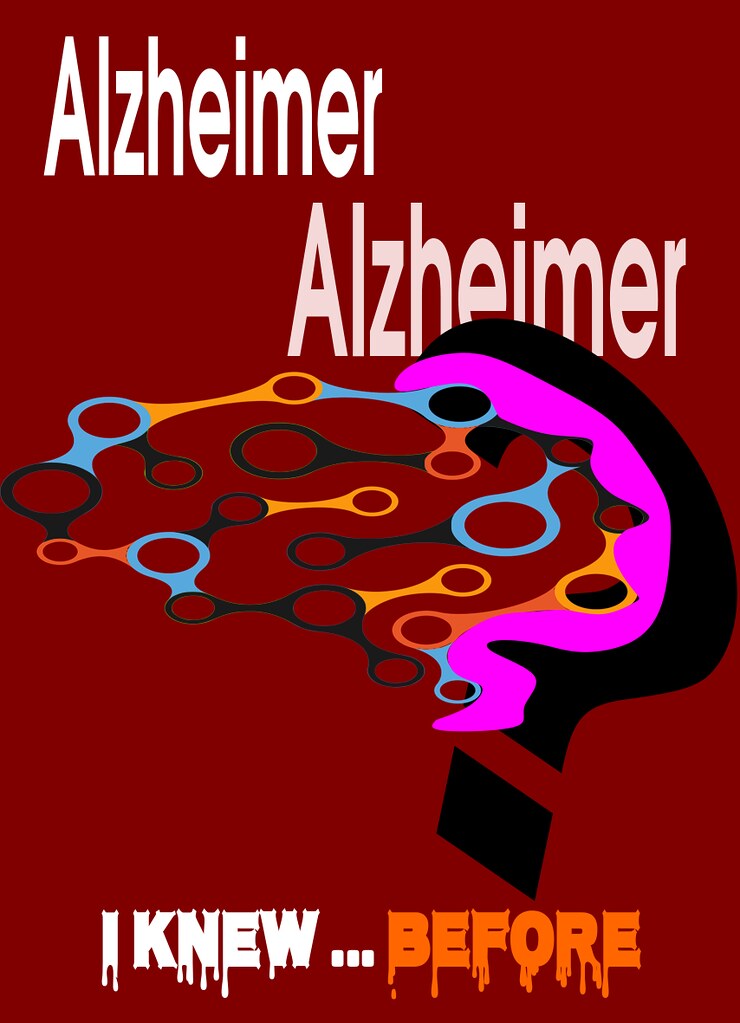
Taking lessons from SuperAgers extends beyond their unique characteristics to broader strategies for preventing Alzheimer’s disease and other dementias. With the projected increase in Alzheimer’s cases—from over 7 million in the U.S. currently to nearly 13 million by 2050—a proactive approach to brain health is more imperative than ever. While certain risk factors, such as age (symptoms typically appear after 65, with risk doubling every five years), family history (increased likelihood with affected relatives), and gender (women are more susceptible, particularly after menopause, an area of active research), cannot be controlled, many elements of brain health remain within our influence. Recognizing the early signs of memory issues and consulting a physician is vital, as early identification plays a crucial role in managing cognitive health.
The relentless pursuit of scientific understanding is central to advancing personalized prevention and treatment ‘cocktails’ for Alzheimer’s and other neurodegenerative diseases. Dr. Gefen emphasizes that there is no ‘one target resolution’ for Alzheimer’s, debunking the desire for a single ‘easy fix.’ Instead, she envisions a future where ‘many teams and many specialists to come together and create a kind of personalized cocktail for prevention or treatment.’ Rapidly advancing technology is poised to play a significant role in this, potentially enabling prevention or modification at the genetic level. While still in its early stages, research into experimental drugs like lecanemab, which modestly slowed the worsening of Alzheimer’s in trials, underscores the potential for targeted interventions that, while not a cure, could significantly impact people’s lives by preserving cognitive function for longer. The path forward is complex, requiring sustained effort and collaborative innovation across diverse scientific disciplines.
Ultimately, the journey of scientific discovery is propelled by extraordinary acts of generosity, none more profound than brain donation. For the Northwestern SuperAging Program, the examination of donated brain tissue has provided the most ‘earth-shattering’ and unprecedented insights. Dr. Gefen passionately states that ‘brain donation can enable discovery long after death, offering a kind of scientific immortality.’ The selfless contributions of SuperAgers, many of whom were followed for decades and generously donated their brains for post-mortem evaluation, have been instrumental in unraveling the unique neurobiological profiles that underlie exceptional cognitive longevity. Sel Yackley, a SuperAger, openly expresses her pride in her decision to donate her brain to the Northwestern Brain Bank, seeing it as a continuation of her life’s purpose, even hoping to donate other organs for transplantation. This profound commitment by participants ensures that the knowledge gained from their unique brains continues to benefit humanity, illuminating pathways toward a future of enhanced brain health for all.

The phenomenon of SuperAging offers a powerful re-imagining of what is possible in cognitive longevity. The meticulous research, particularly the detailed neurobiological insights from donated brains, fundamentally challenges the long-held belief that cognitive decline is an inevitable part of growing old. It reveals that exceptional memory in advanced age is not merely an anomaly but is underpinned by a distinct and identifiable neurobiological profile. From understanding the intricate interplay of genetics and epigenetics to embracing modifiable lifestyle factors like physical and mental activity, social engagement, and brain-healthy diets, the principles gleaned from SuperAgers provide a robust framework for fostering cognitive resilience. The ongoing advancements in medical research, driven by a vision for personalized therapeutic cocktails, and the invaluable contribution of brain donation, all point towards a future where vibrant cognition remains a hallmark of advanced age for many more individuals. This compelling evidence fuels optimism, demonstrating that the human brain possesses a capacity for longevity and resilience far greater than previously imagined, offering a truly inspiring vision for the future of brain health and challenging aging paradigms.


